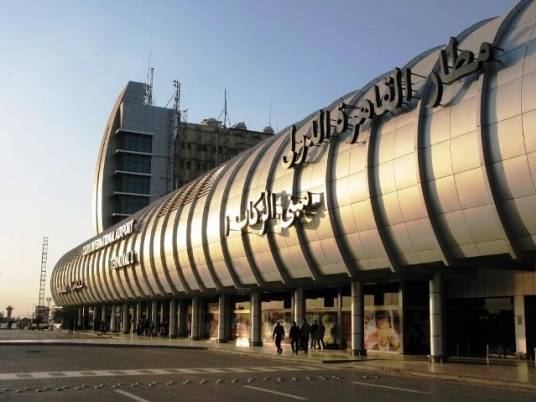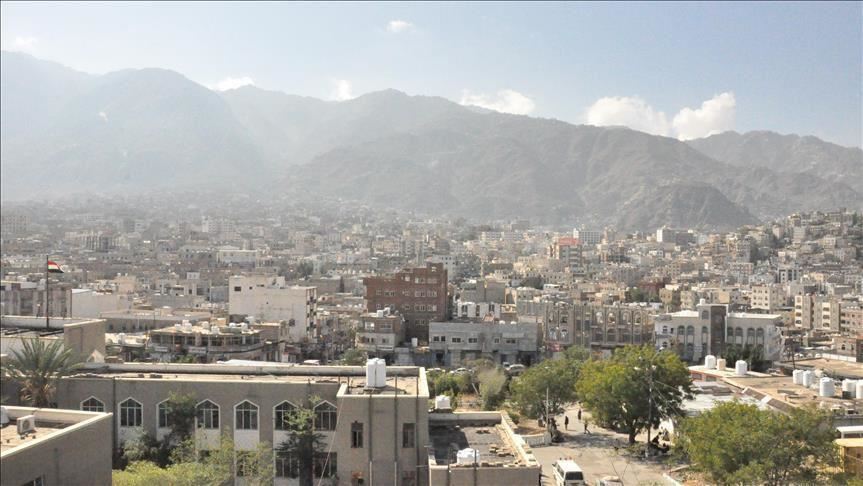
As the revolution's first-year anniversary approaches on 25 January, a national holiday that usually commemorates Police Day, a book on the historical development of policing and prisons in the Middle East provides a useful understanding of the origins and continuities in state practices of political incarceration and their impact on society.
Made up of a series of scholarly essays, "Policing and Prisons in the Middle East: Formations of Coercion" addresses some of the critical themes in the debate over the role of internal state coercion in the shaping of state power and its relationship with the public in the region. It also addresses a critical gap in the scholarship on this topic, which has traditionally been more Western-centric.
The book’s 14 essays take the reader through a sweeping journey of the Middle East and North Africa’s colonial and modern history: from "policing the desert" in Syria to the "production of violence in Abu Ghraib," the incarceration of women, three essays on policing, prisons and protest in Turkey, as well as "order and resistance" in Israel and the occupied Palestinian territories, including Gaza under Egyptian administration. Essays on Algeria, Iran and Jordan are also included.
On the occasion of Police Day, this review focuses on the Egypt essay and engages in a discussion with its author about the history of political incarceration in Egypt and its relationship to present-day practices.
University of Edinburgh academic Anthony Gorman focuses on the period before 1952 and shows that political imprisonment often produced an outcome antithetical to its objectives, and thus had limited success as a tool of state repression:
"Egyptian nationalists before the First World War were neutralised for a time but would capture the state in the 1920s. The communist movement, ruthlessly suppressed in the 1920s, would again rise as an important oppositional force in the 1940s and influence the trajectory of the 1950s. The banning of the Muslim Brotherhood in the late 1940s and imprisonment of thousands of its members would be only one setback in a much longer record of Islamic militancy," Gorman writes.
Gorman argues that "employed en masse, political imprisonment became counter-productive for a regime already lacking legitimacy and increasingly characterised as repressive in nature."
Asked what implications this has on Egypt in its present revolutionary state, with political imprisonment employed heavily by the Supreme Council of the Armed Forces, the military junta running the country, Gorman told Egypt Independent: "In revolutionary situations, prisons have been a regular feature of demonizing the old regime and trying to legitimize the new one. Every new regime in Egypt has embraced the imprisonment of political opposition."
"The SCAF and others, like [former President Gamal Abdel] Nasser and the Wafd Party, have also released prisoners to show they are more open and tolerant. It is a political game," Gorman said.
He said history shows that imprisonment can foster solidarity and increase the organization of political opposition, "which can blow up in the government's face."
But Gorman also cautioned: "On the other hand, there are occasions when government clampdowns can break up political dissent. Leaders of the Egyptian Communist Party, for example, were only let out of prison by Nasser in the mid-1960s in return for dissolving the party and accepting positions with the regime. [Former President Hosni] Mubarak also eventually successfully broke Islamists' use of violence."
Colonial practices brutalized
While the British did introduce the militaristic and political characteristics of Egypt's police force, rather than building it into a civilianized, crime-fighting institution, it was successive governments that continued police practices in a way that was often more brutal, Gorman argues.
The trial of political activists in military courts and the application of emergency laws happened under the British in the first decade of the 20th century in response to a rising nationalist movement, he told Egypt Independent.
"From 1922, when Egypt gained self-government, the ruling class was quite ready to adopt many of the techniques that Britain had used, such as the suspension of a legal process and use of the prison system, and applied it in a more brutal way. In the 1990s, when Mubarak wasn't getting the conviction of Islamists in civilian courts, for example, they were also tried in military courts."
And it is a process that continues, with a larger number of civilians being tried in military courts since the SCAF took over in February 2011 than during the 30 years under Mubarak's rule.
Britain also reorganized Egypt's prison system in 1884 so that it fell under the supervision of the Interior Ministry. This was a region-wide trend in the 19th century.
British-created, semi-militarized police were also formed across the region, at its most striking in Israel, according to the book's introduction, written by academics Laleh Khalili and Jillian Schwedler.
Punishing dissent
At the beginning of the 19th century, exile as well as capital and corporal punishment were most often employed to punish political dissent. During the second half of the century, a prison system developed to deal with ordinary criminals and detain political dissidents and journalists.
This shift toward imprisonment occurred in line with a police reform movement coming out of Europe in which social reformers saw a more lawfully institutionalized criminal justice system as a bulwark against arbitrary punishment and spectacles of torture and brutality, the introduction says.
Khaled Fahmy, an academic and historian, has argued that through the attempt to found a state of law and order in Egypt, 19th-century ruler Mohamed Ali hoped to entice Europe to support his bid for independence from the Ottoman Empire.
Gorman agrees that prison was seen as being a modern institution, and a civilized way of dealing with people. He told Egypt Independent that "the idea was to put people in a confined space and reform them. But the practice fell far short of this."
Gorman's essay not only details the history of punishing activists and journalists, or those accused of "crimes of opinion," but also of their dissent. He explains the history of the hunger strike as a popular tool of protest, and prisoners' efforts to organize themselves.
He also shows, as do Khalili and Schwedler, that the borrowing and layering of legal codes, processes and institutional structures, and the continued influence of European and American powers on modes of policing in the region, such as the founding of riot control police, has resulted in broad similarities between different police forces across the Middle East.
"Policing and Prisons in the Middle East: Forms of Coercion" was published in late 2010 by Columbia University Press.




